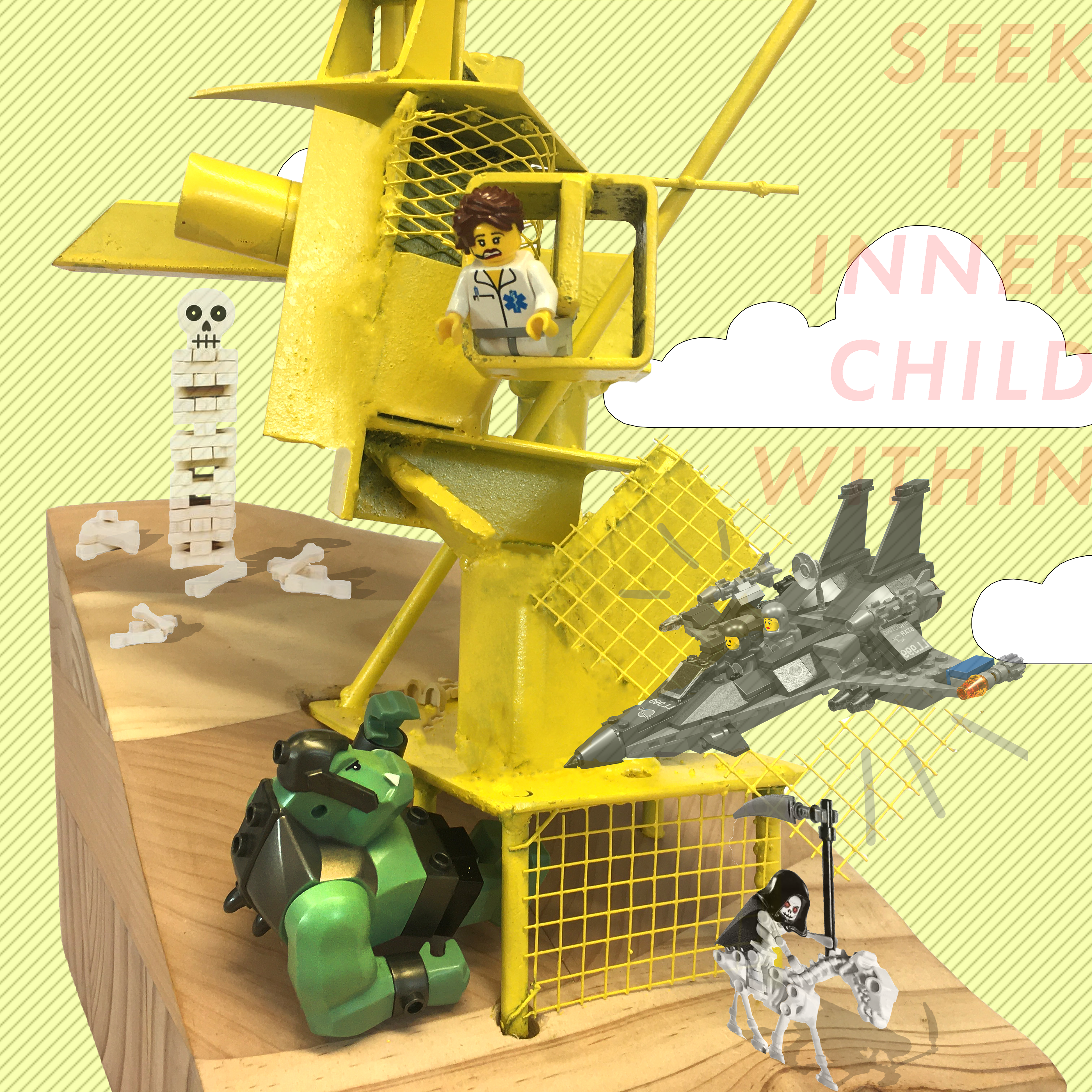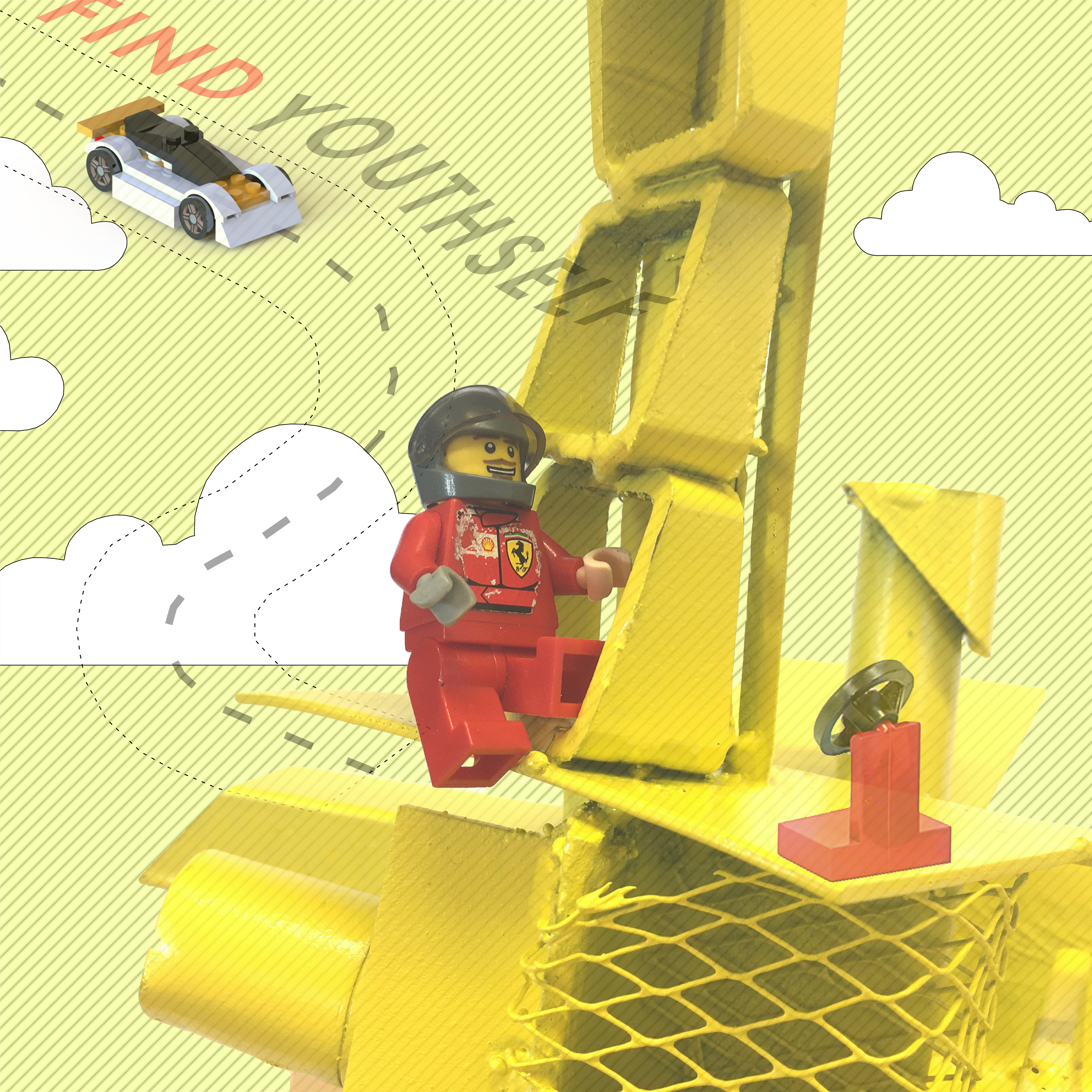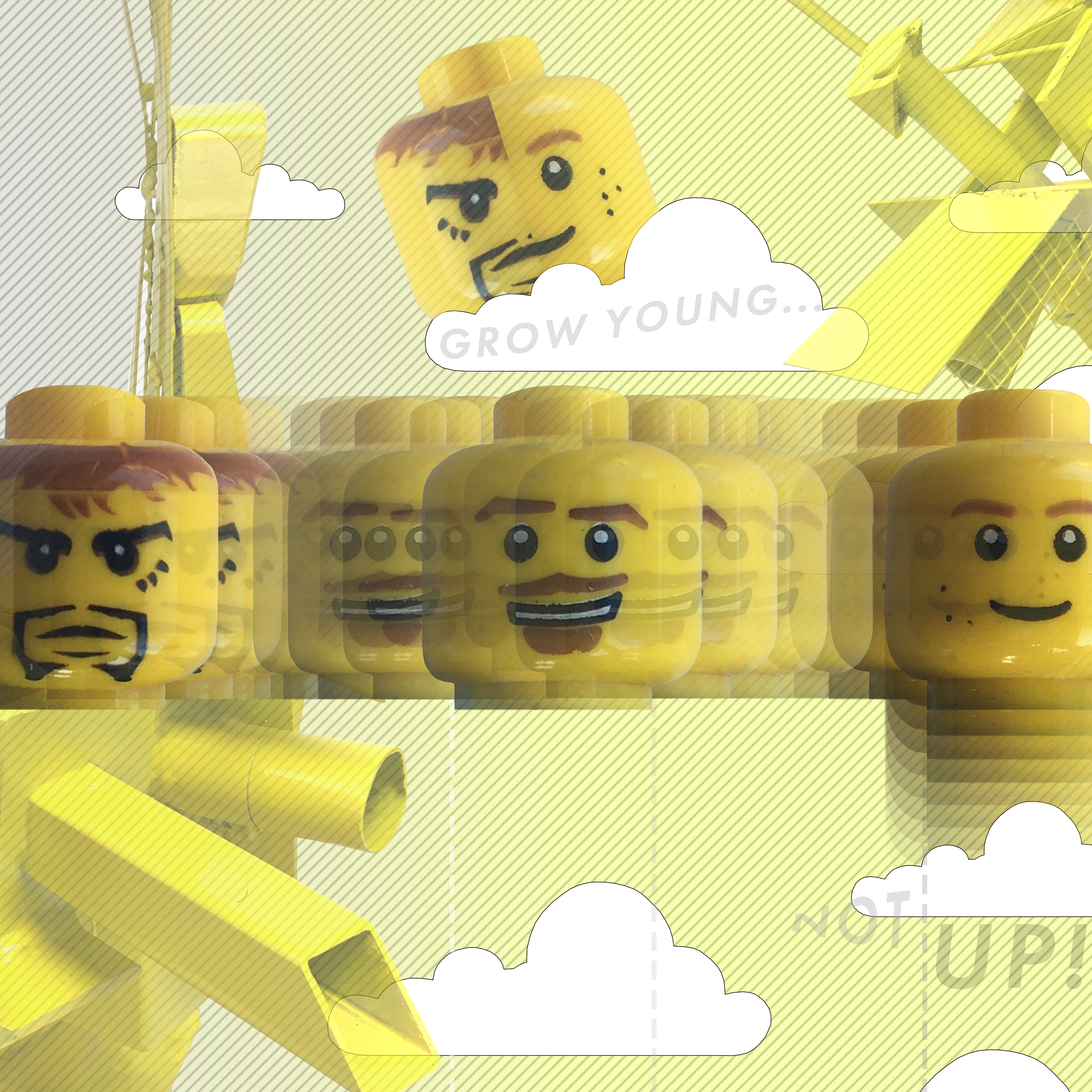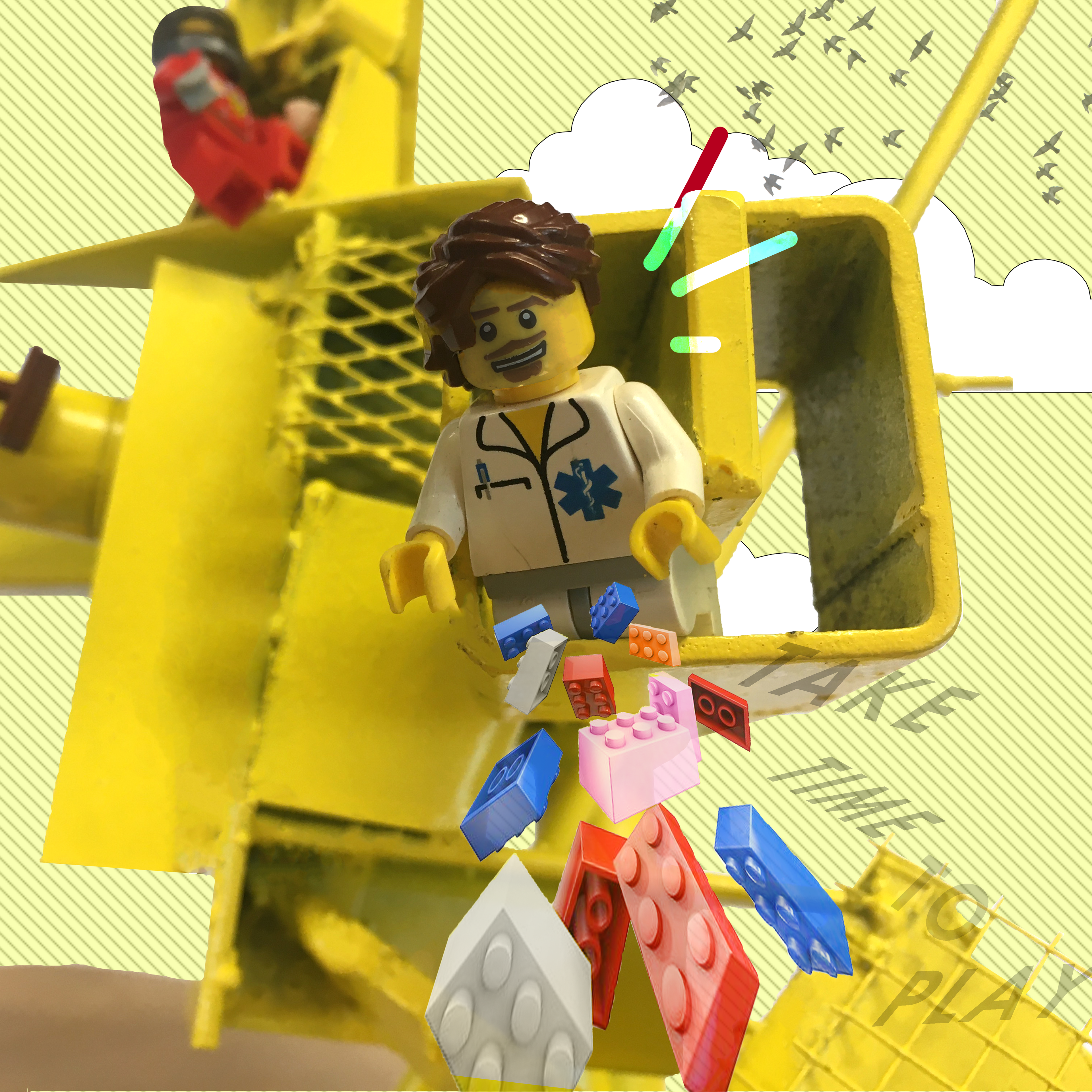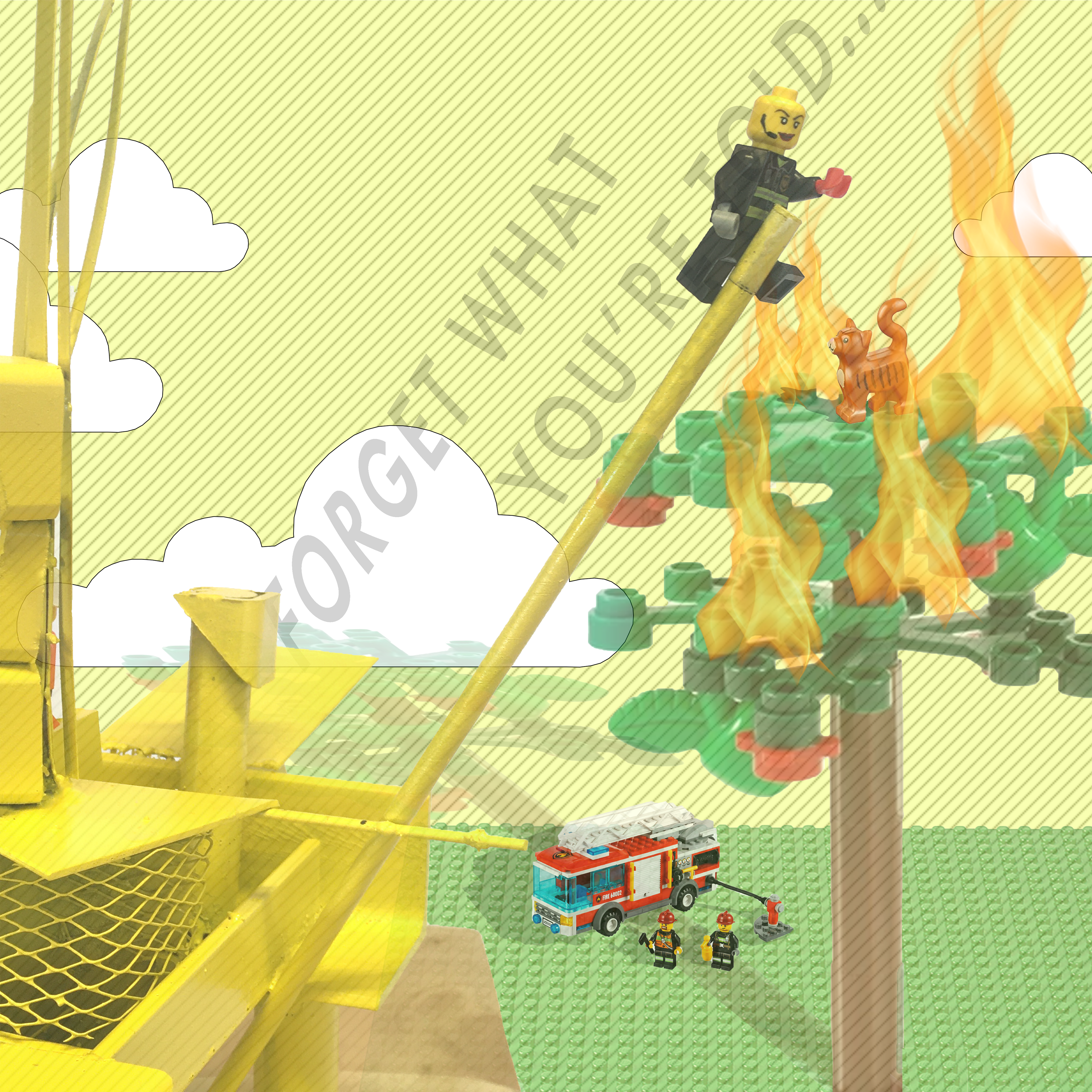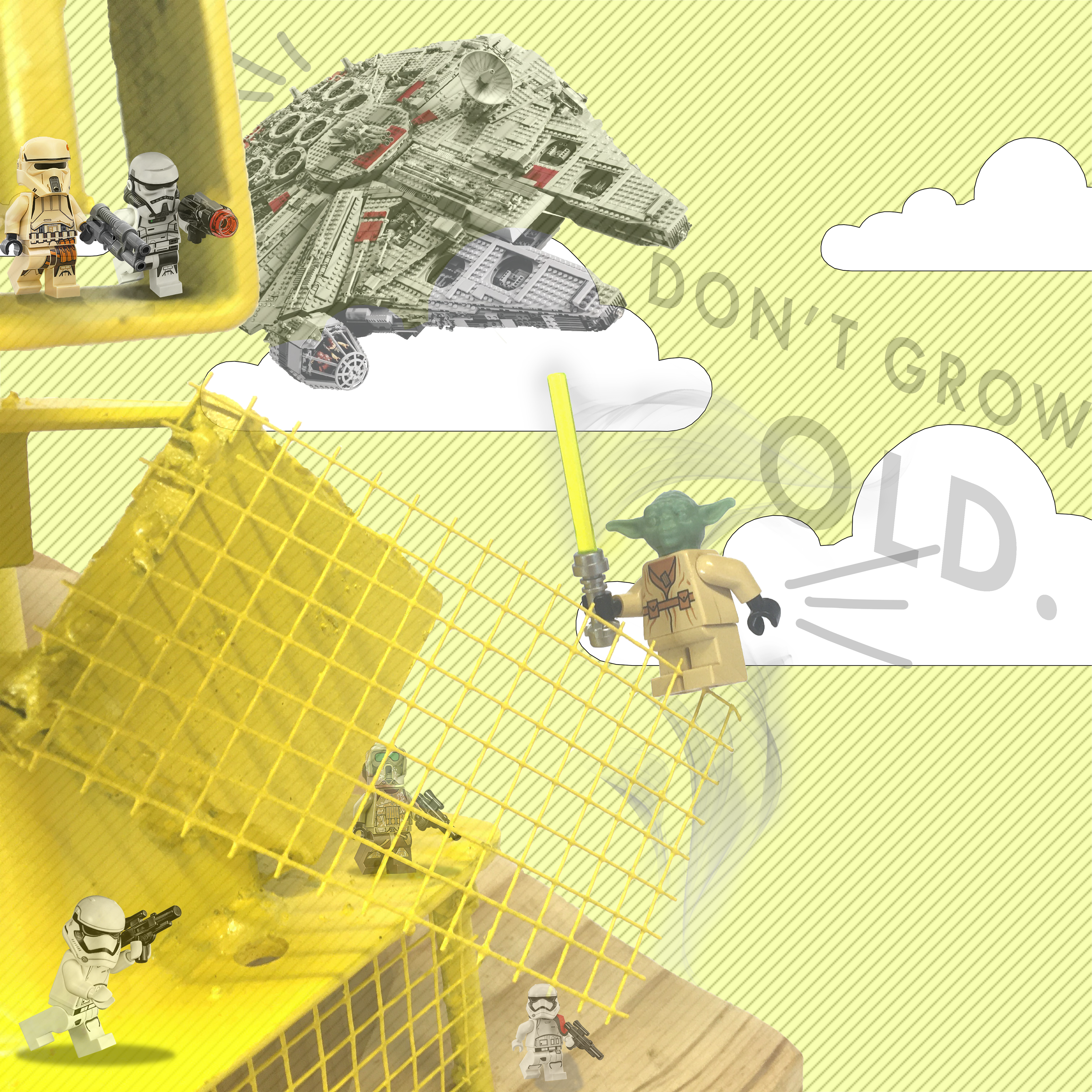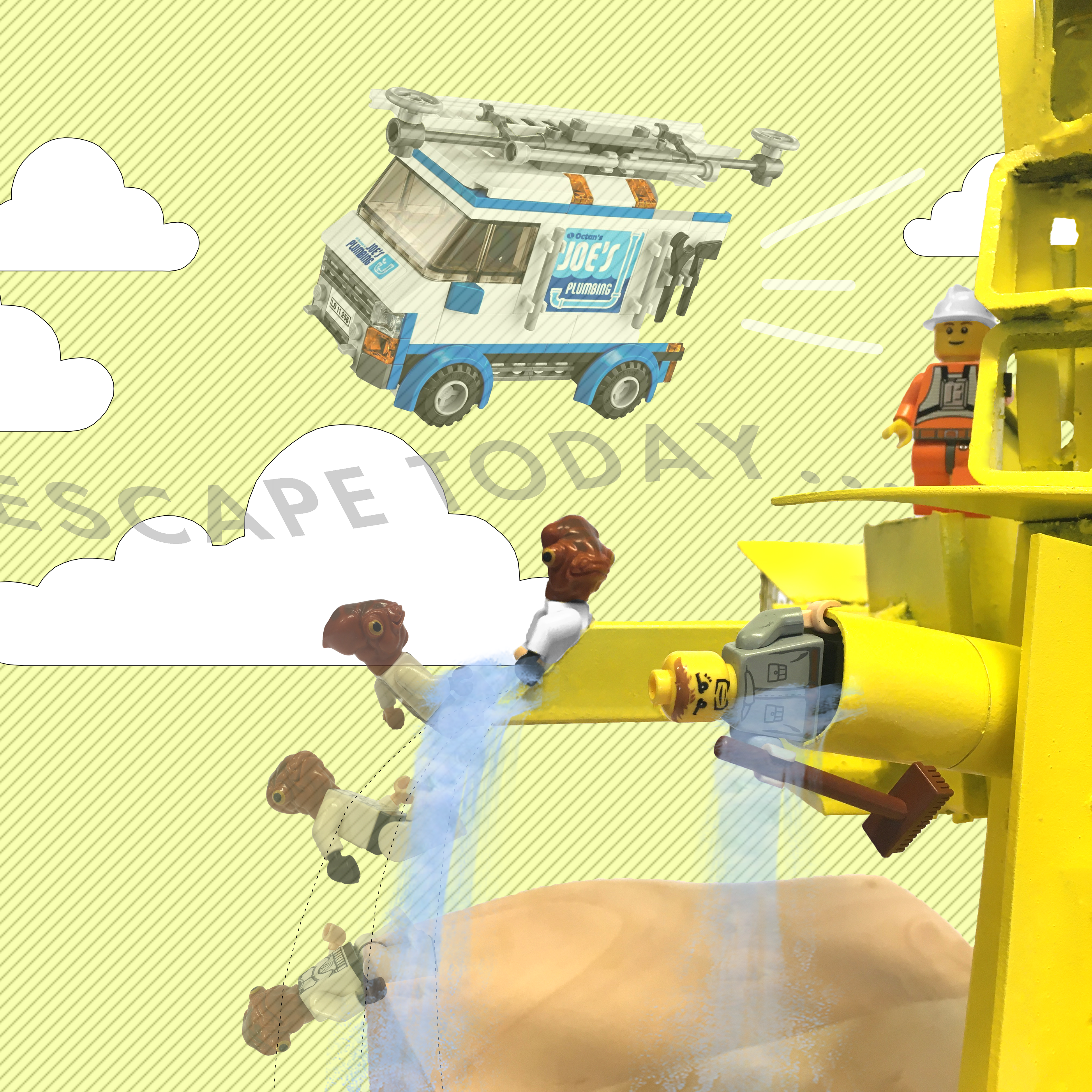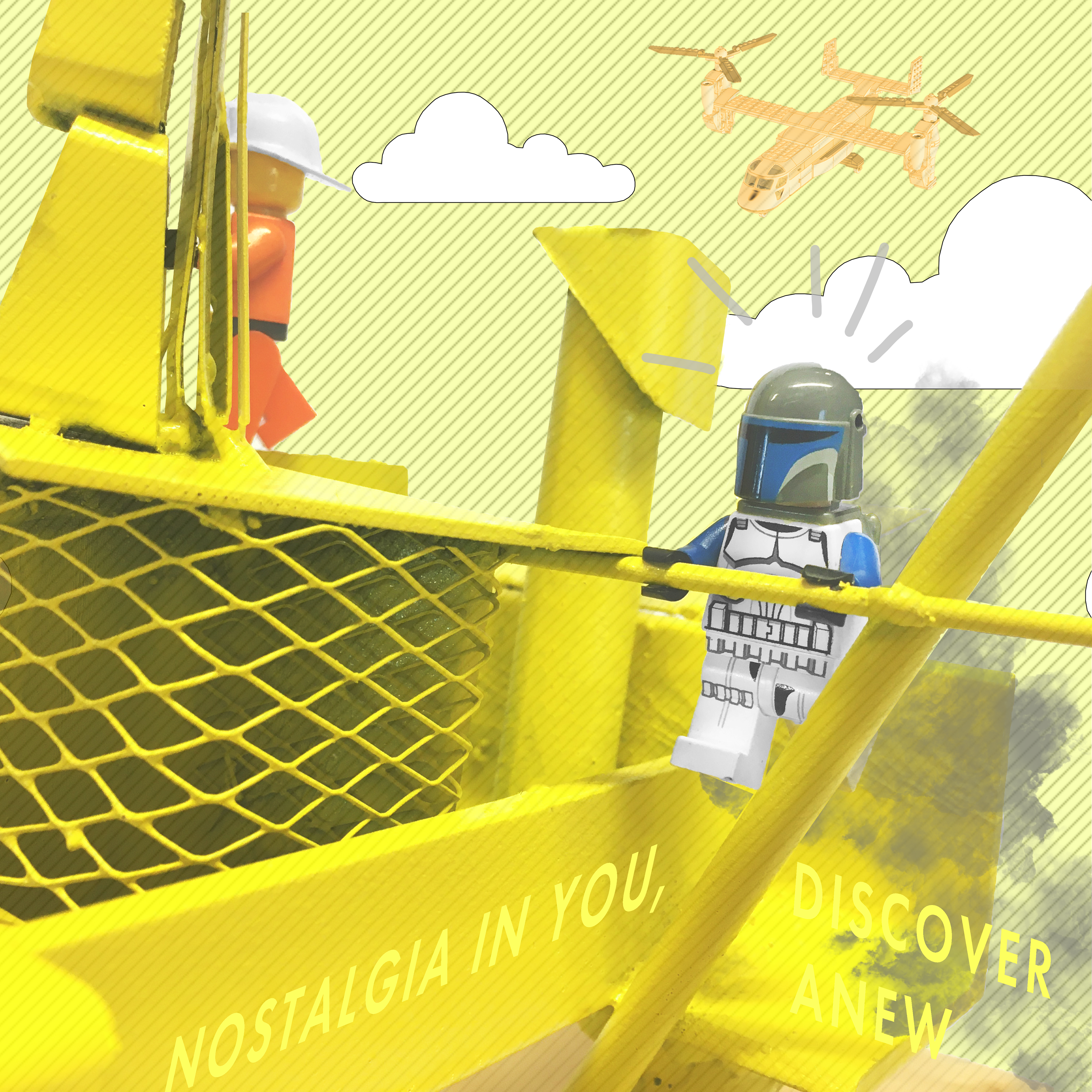Nostalgia: A Stop-Motion Animation by myself, over a thousand frames edited one by one on Photoshop using photographed LEGO figures. Speaks for itself really, enjoy.
Initial Sketches: Sketches derived from the works of Bernard Tschumi, Bryan Cantley & MOS Architects.
Speculative Section & Axonometric: Developing my own ideas with inspiration from Bernard Tschumi & Bryan Cantley.
Generative models: Small and fast iterations of exploded objects and unfolding surfaces.
Developed Generative Model: Using the playful colours and presentation of a LEGO box.
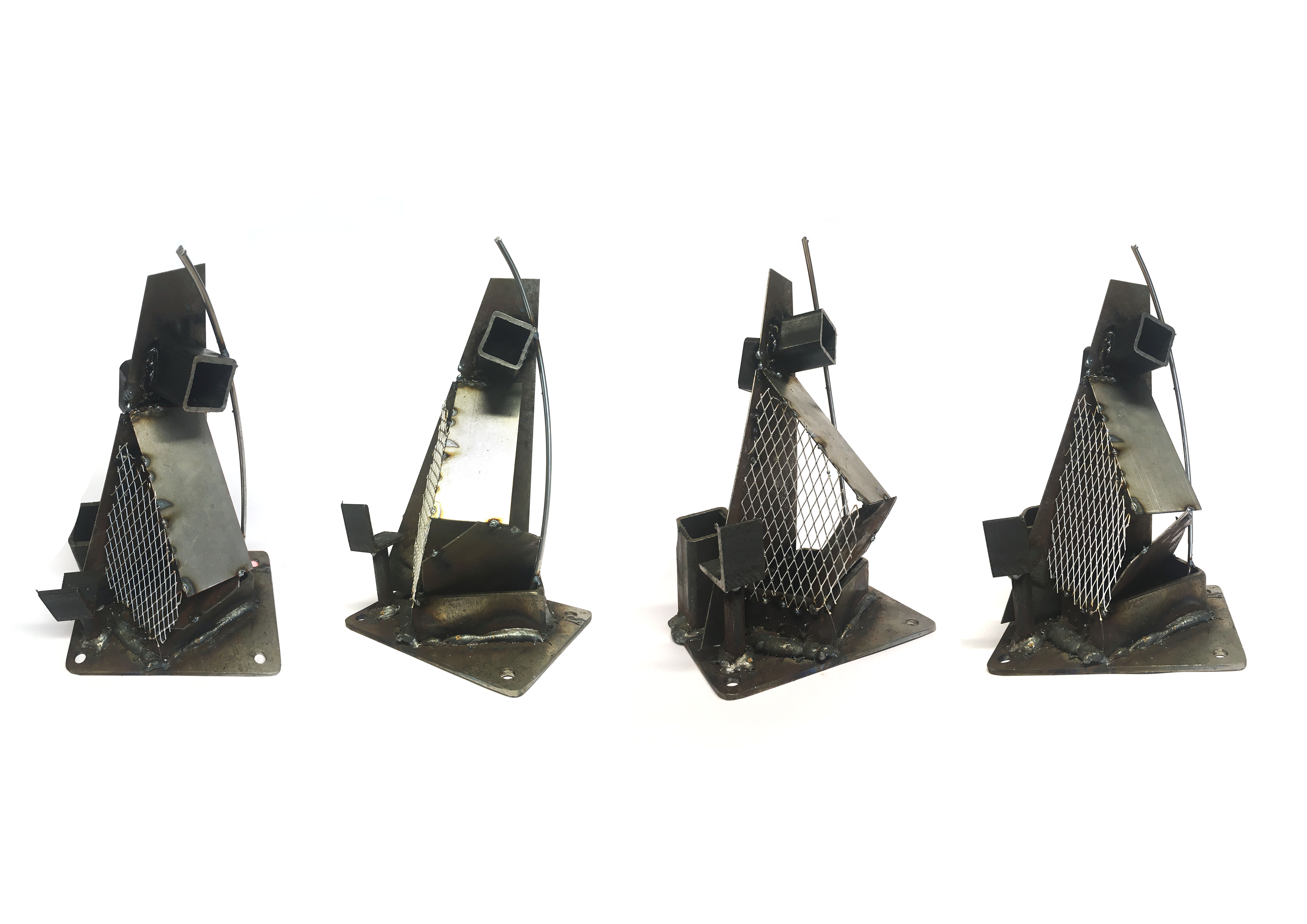

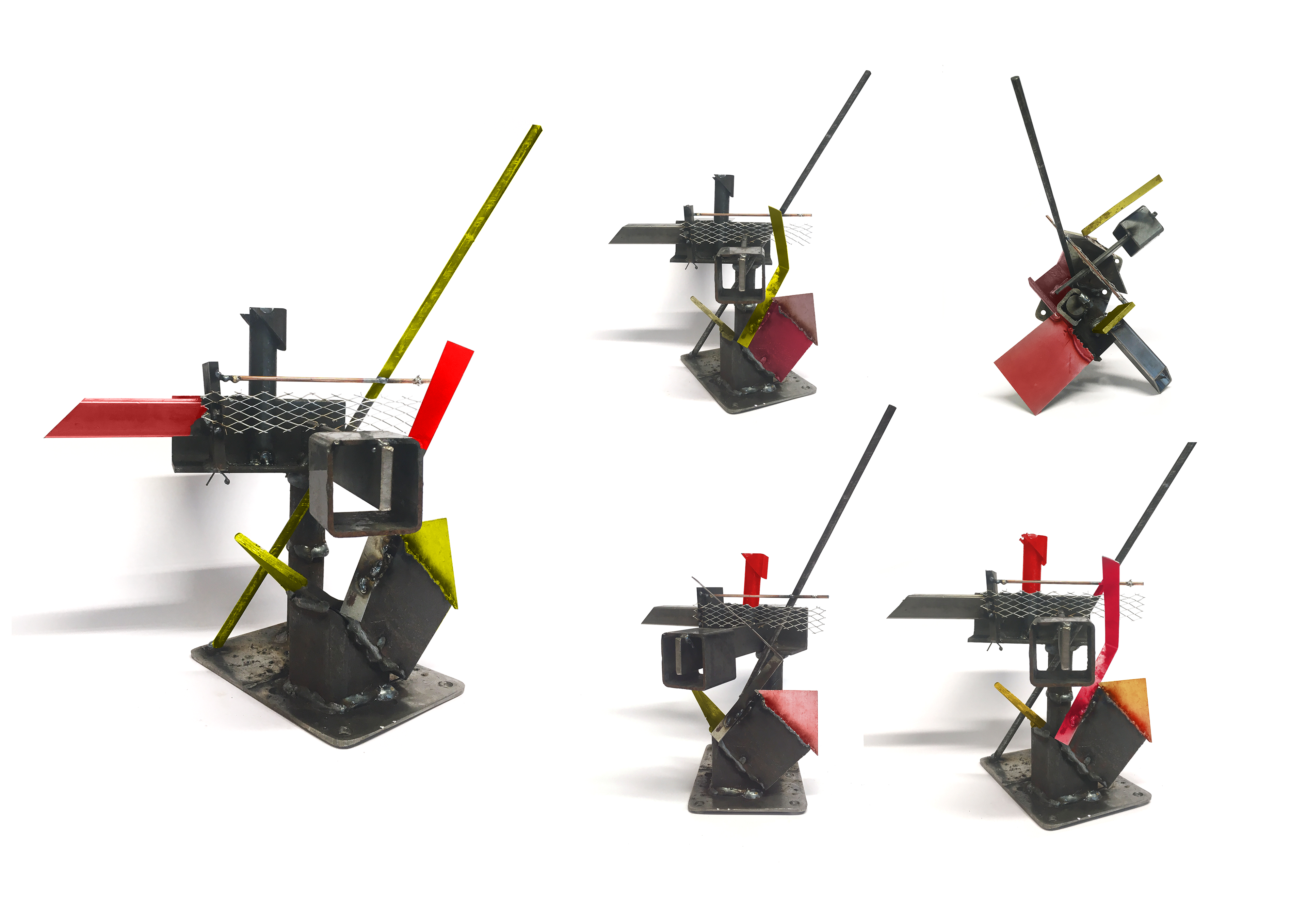
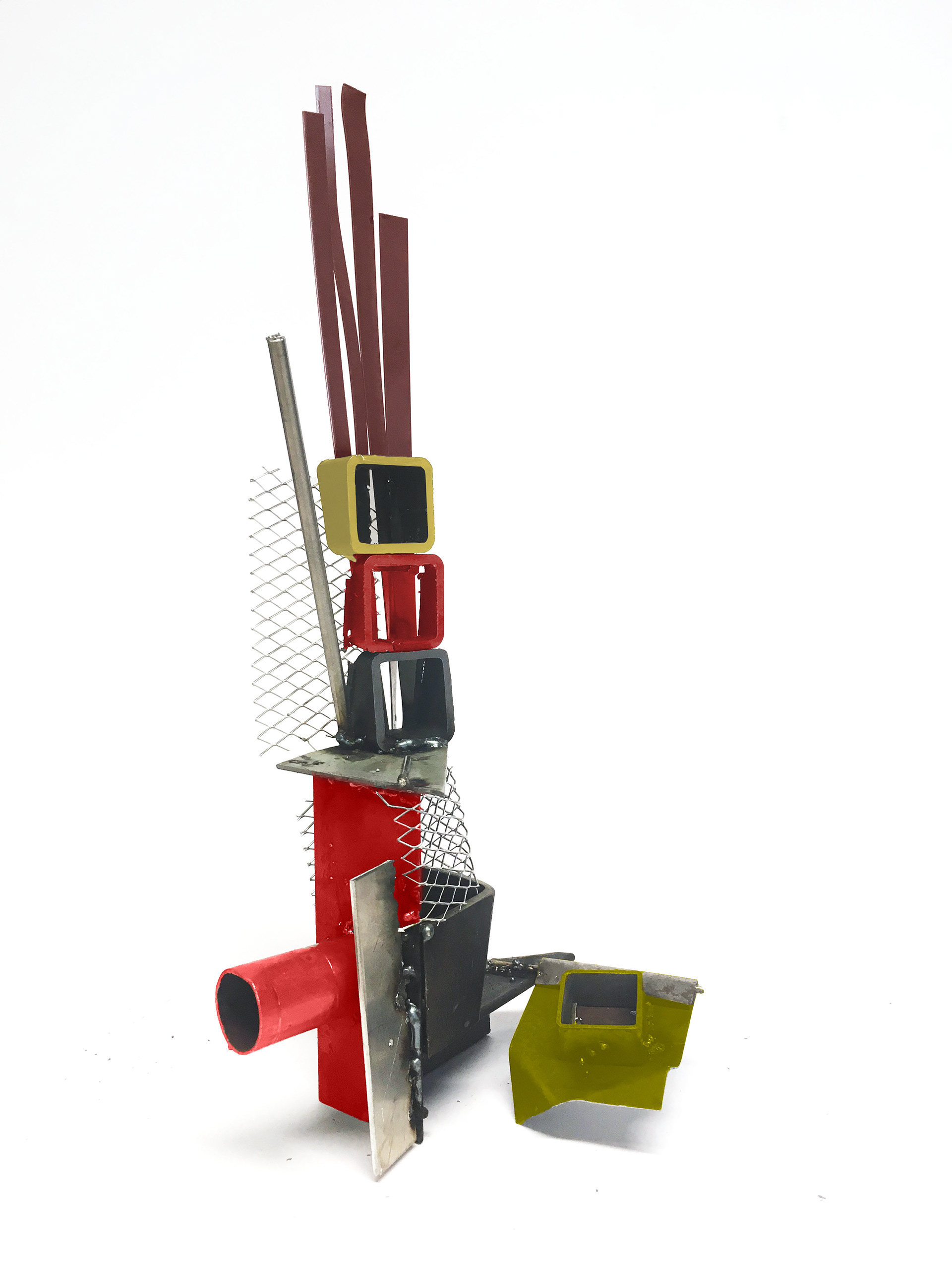
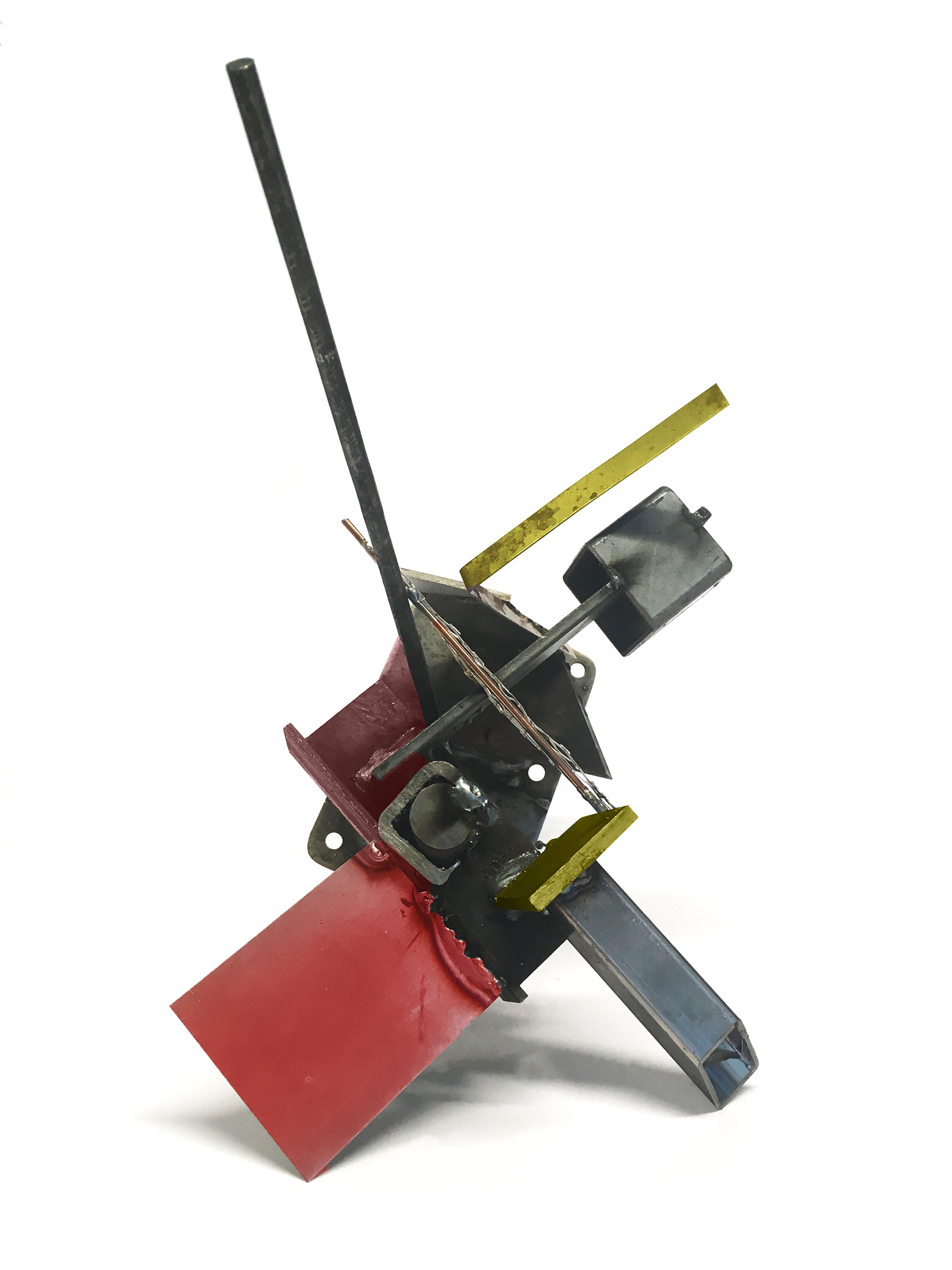
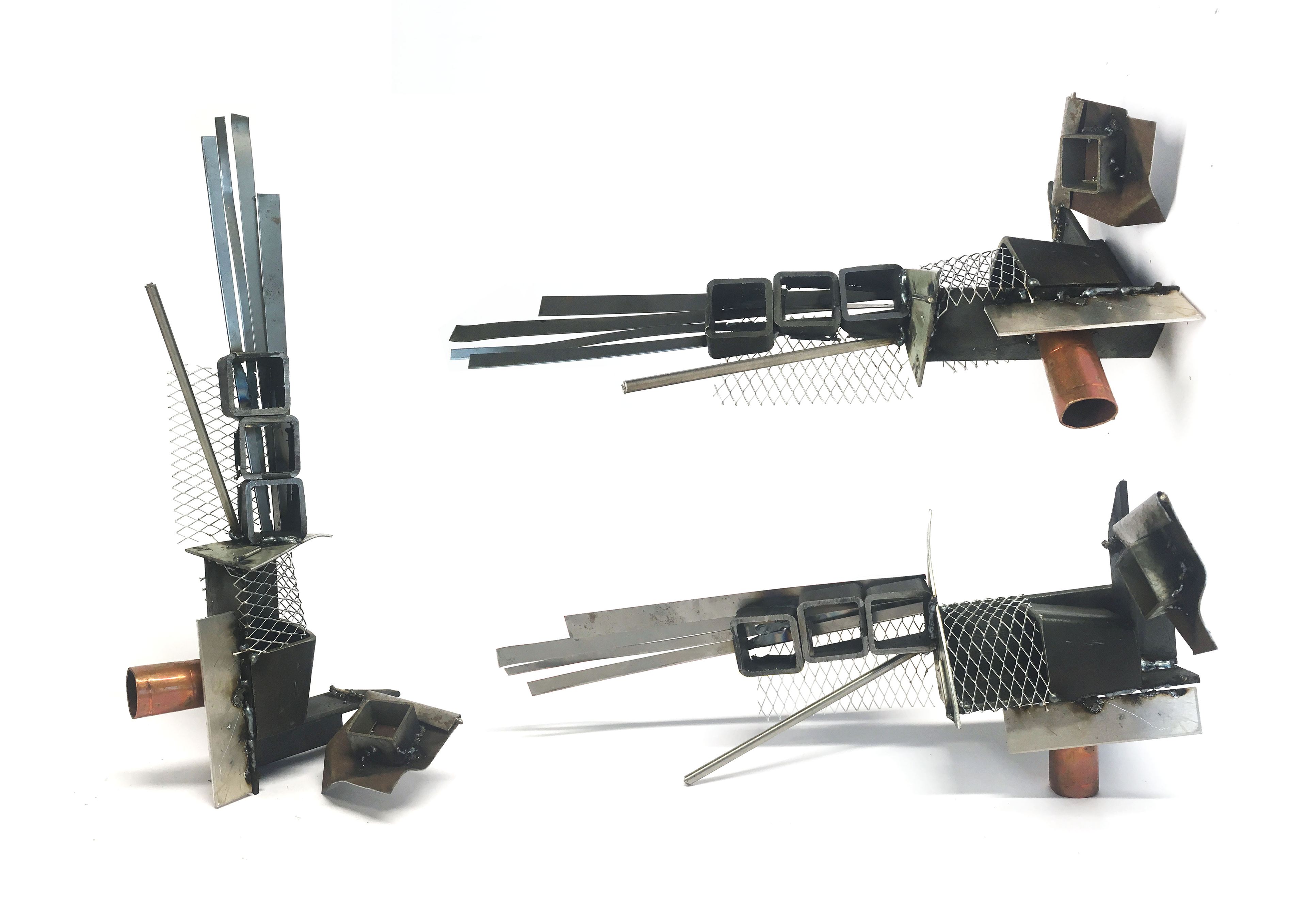
Developed Iterative Model: Welded metal pieces in dynamic equilibrium; imbalanced yet still, somehow, standing upright. Using the playful colours and presentation of a LEGO box.
Lego Reconstruction of my Iterative Model: Inspired by the kitset abilties of LEGO, I embraced the idea of being able to 'assemble' my pavilion. Using atual LEGO, i recreated my design and created a LEGO-style cover.
LEGO Box: As a final step in the embidement of the LEGO theme, I broke down all the pieces of my model and packaged them up; true to the style of traditional LEGO boxes. I made the box from scratch - Complete with a cover, plastic packaging, an instruction manual that incorporated my fabrication drawings, and a written abstract on the inside box cover.
Fabrication: Exploded axonometric diagrams of Developed Model.
Axonometric Studies: Sectional, Elevational & Fabricational drawings presenting the now-digitialised model within site on a 3x3 grid. Attempting to demonstrate the relationship between model and ground plane whilst breaking down the grid in the style of my precedent, Bernard Tschumi.
Fabrication: Using the Lego kitset typology where one piece fixes into another. Exploded Axonometric of the Developed Model, now Pavilion.
Fabrication: Sectional Perspective showing the Ground Connection and the Pod interiors.
Fabrication: Assembly Grid, breaking down the components of the kitset into Object Families, much like the traditional Lego set. The grid of individual components allows the drawing to stylistically remain relevant to my precedent, Bernard Tschumi.
Fabrication: Assembly Instructions, using the Lego-format of instructional illustration to explain the fabrication of my own Pavilion. Two sub-models, consisting of a primary frame and secondary elements, are combined to form the complete Pavilion.
Fabrication: A series of mechanised circulation elements help generate the symbolic and nostalgic journey through the pavilion.
Fabrication: The Folding Ramp mechanism responds to the 'dynamic' nature of this project, 'exploding' outwards to achieve a duality as both a lookout and an access point.
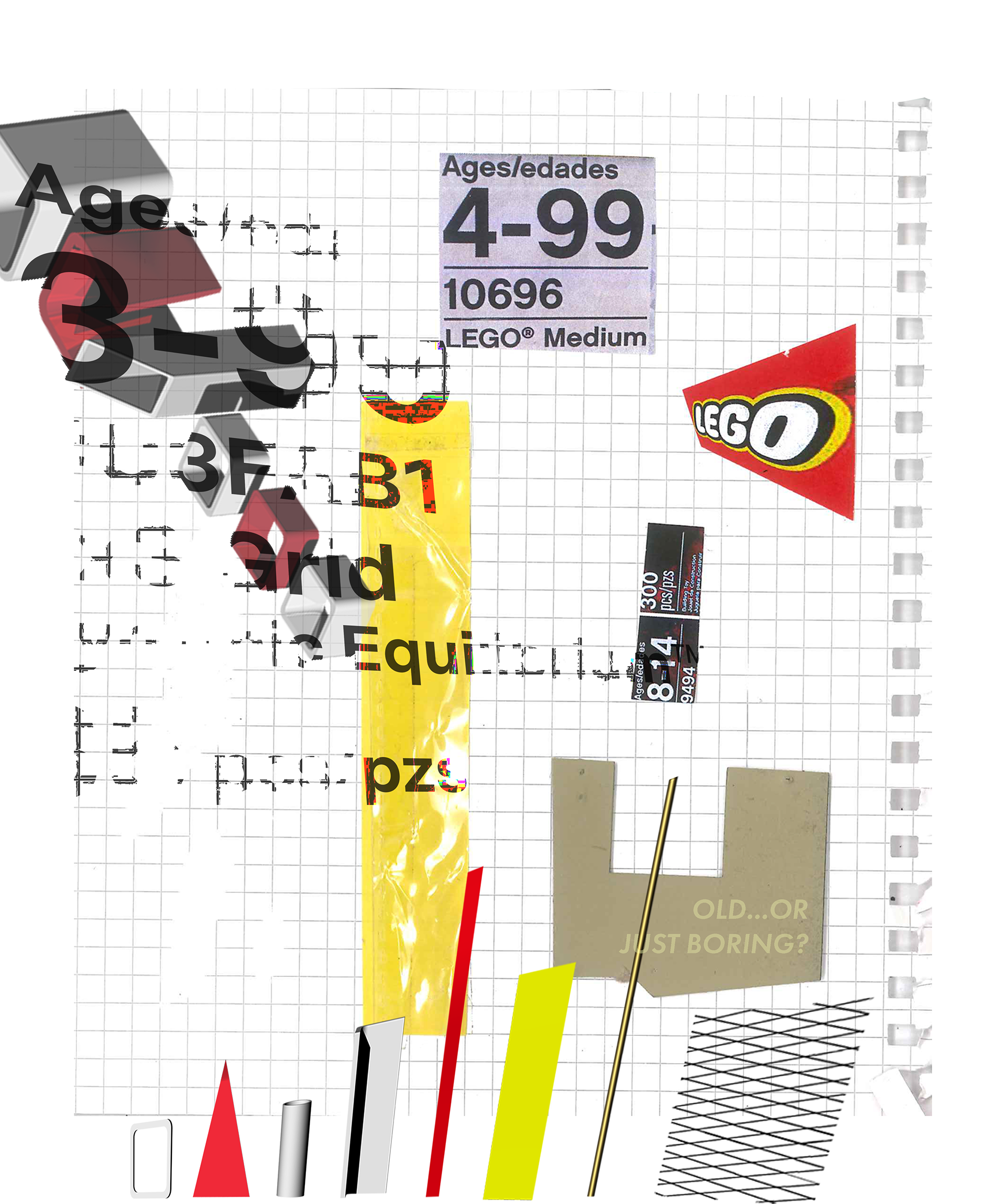
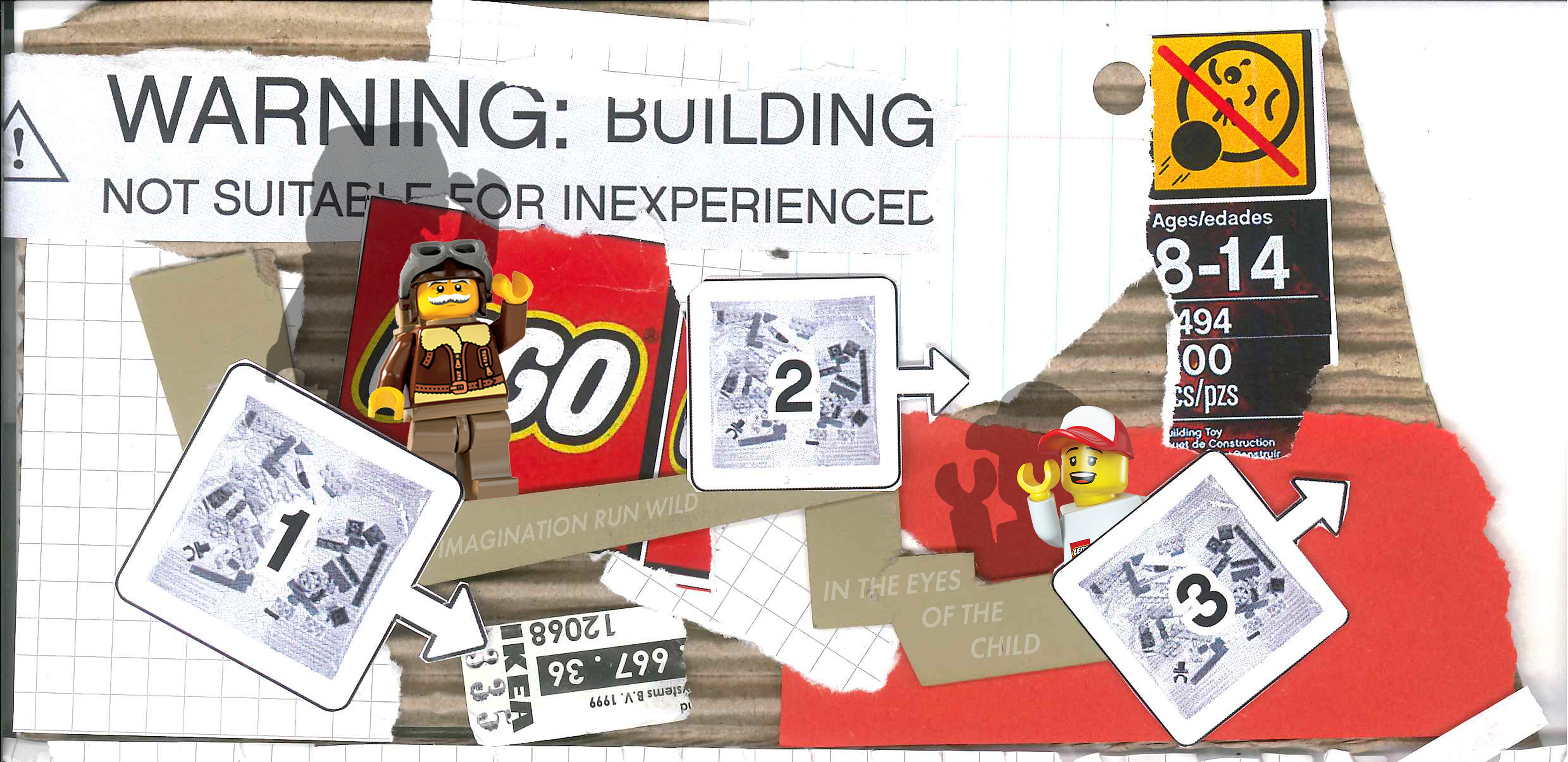
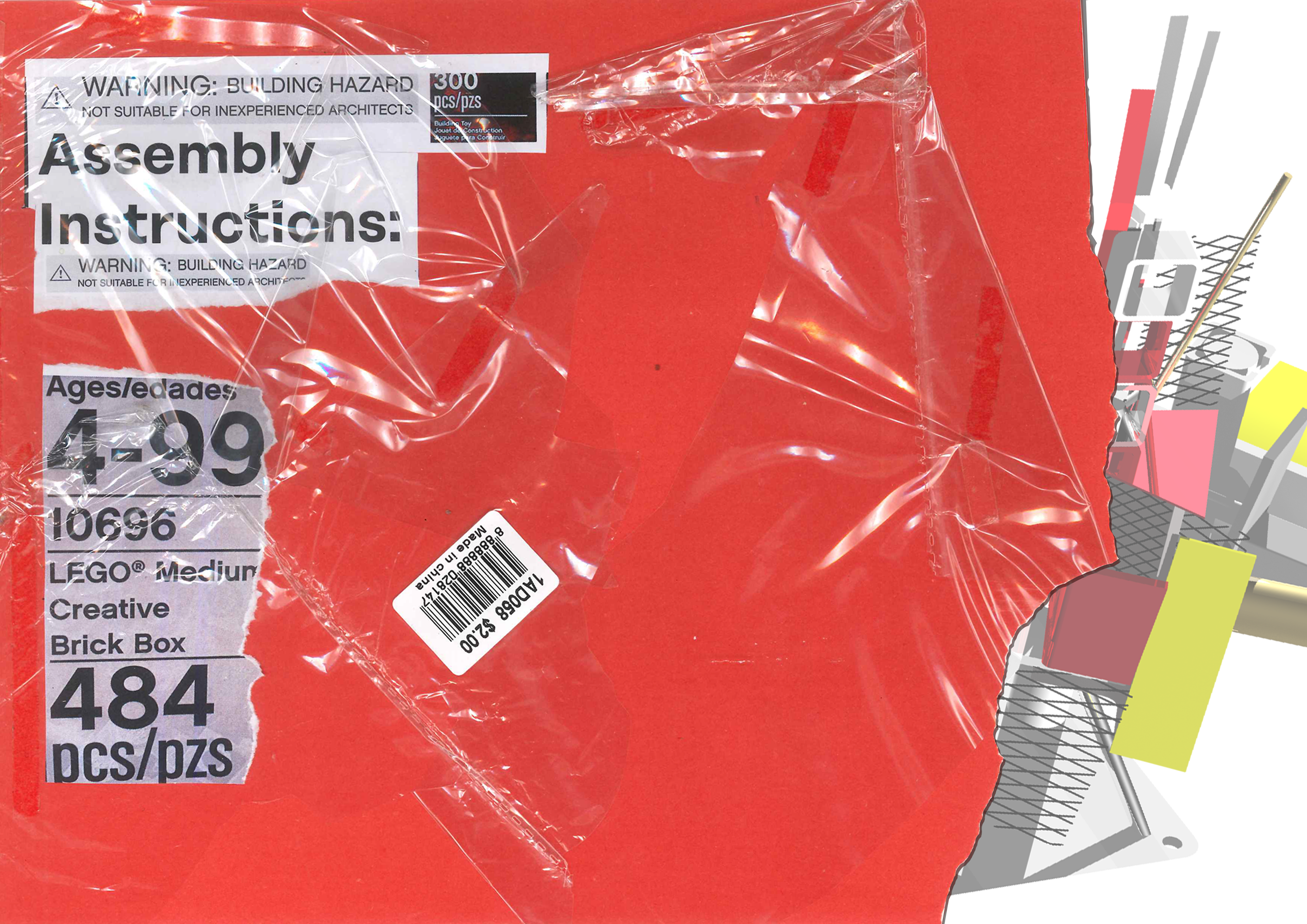
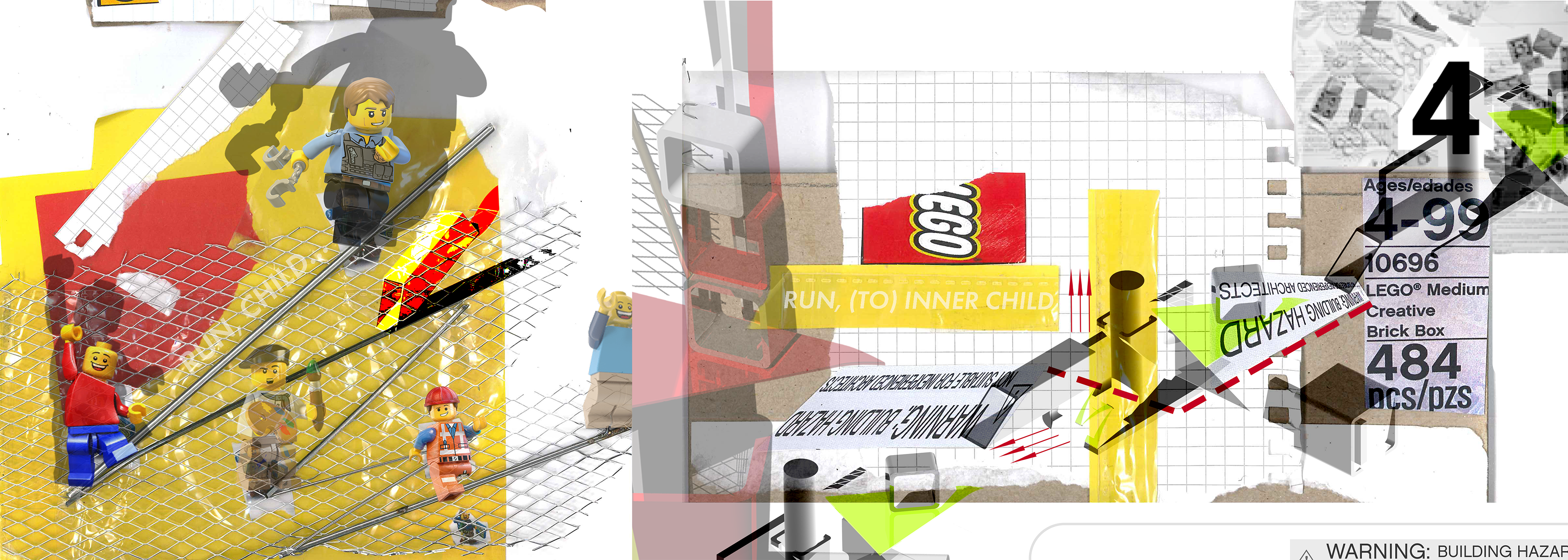
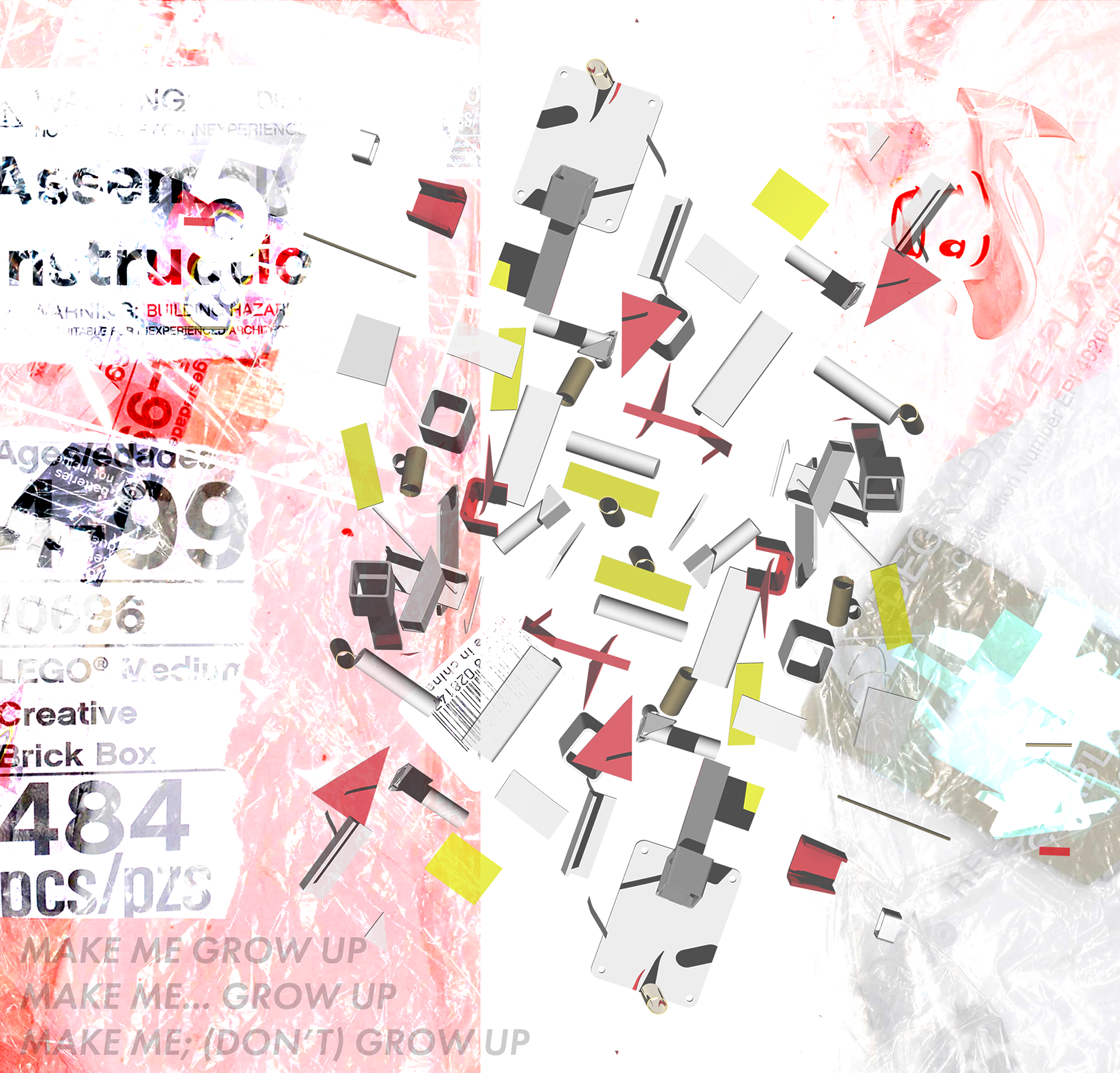
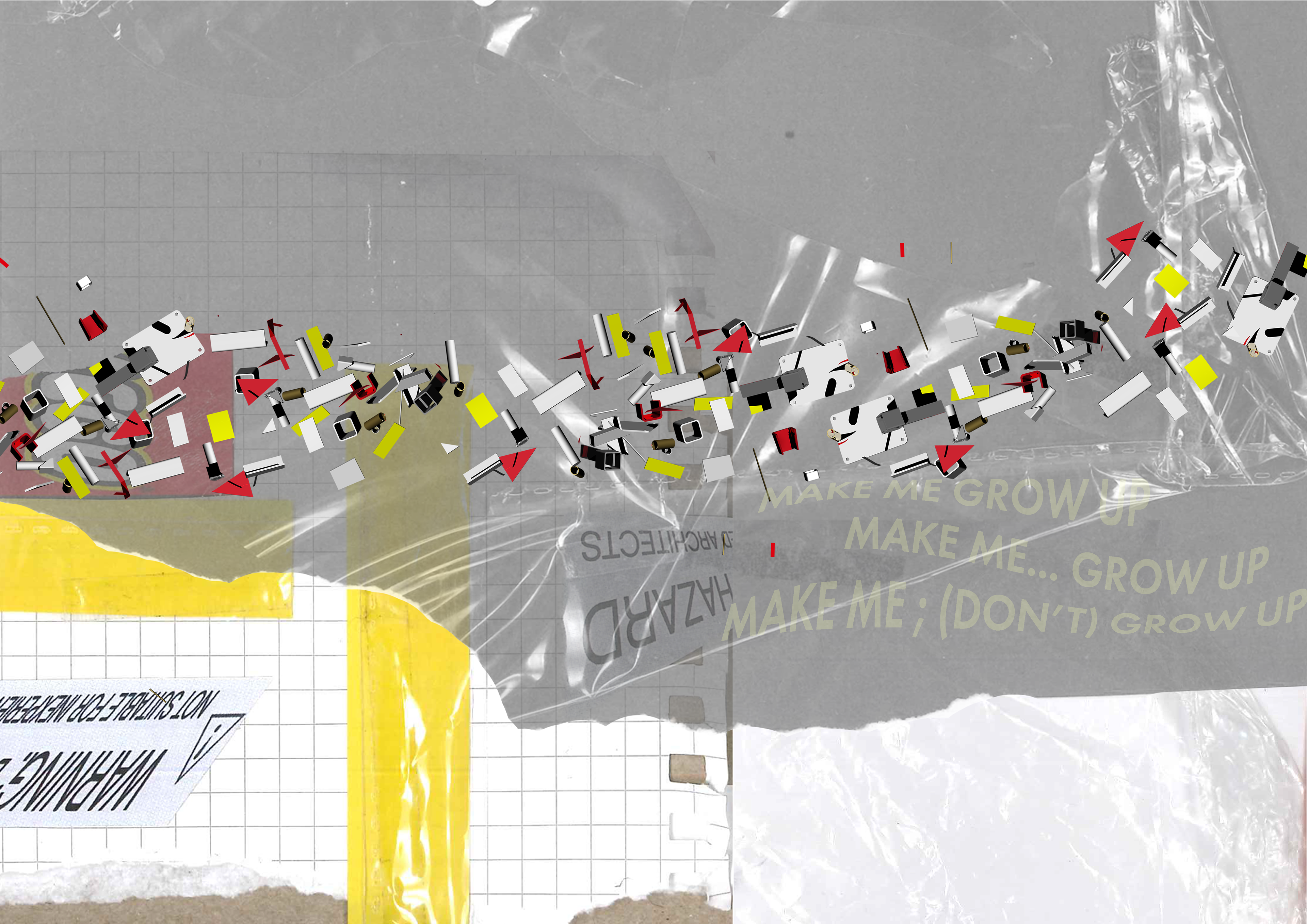
Analytique: Emphasising the 'explosive' nature of the pavilion through the dynamism apparent in this drawing, whilst incorporating previous collage elements.
Analytique: Exploring the pavilion through a series of different perspectives and techniques, whilst incorporating previous collage elements.

